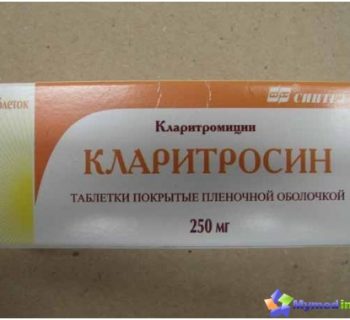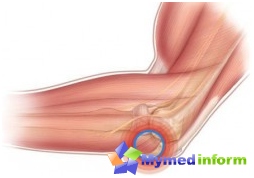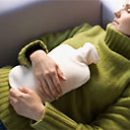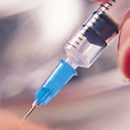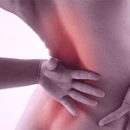Let's look at one of such diseases - affective respiratory attacks (ARP) in young children. This state is manifested (the disease is not entirely correct) a sudden respiratory stop, arising at the peak of the breath after the baby hit, suffered an unexpected fright or went in hysterics. During the rigging, the child pale or shines, which invariably turns his relatives to panic.
Nature armp
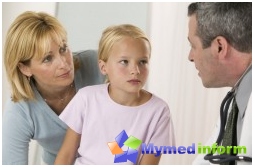
Doctors are confident that the affective respiratory syndrome can be considered an early prerequisite for the development of hysteria and fainting states in the future. To understand what an arp is, pay attention to the meaning of words in his name. Affect is called the strongest emotion, not subject to human control, and the term «respiratory» Used to designate everything related to respiratory authorities. It turns out, an ARP is a state when the process of breathing is broken on the basis of strong emotional excitement.
In most cases, attacks occur in freight, spoiled and capricious children. For the first time, this is due to the period from 6 months to 1 year, such breathing delays can be maintained up to 4 - 6 years.
What does an arp look like in a crying baby
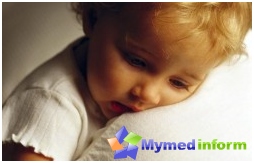
Sometimes an affective respiratory attachment is accompanied by convulsions. Why is this happening? If the baby's breath during an attack has begun more than 60 seconds., He loses consciousness. In medical practice, this condition is known as an atonic non-epileptic attack. It occurs as a result of the oxygen starvation of the brain due to the stop of the breath and performs a protective function. When a person is fainted, the brain consumes much less oxygen than usual.
The atonic state is further transformed into tonic. All body muscles are very strained: the child is drawn up or disintegrates the arc. If the brain is experiencing strong hypoxia, convulsions begin. Externally, this is manifested by twisting the limbs and the whole body as a whole. At the same time, carbon dioxide accumulates in the soil of the absence of breathing in the body, at the expense of which the spasmned gangny muscles are reflexively relaxed - the child gets inhale and wake up. After a convulsive armp, the baby falls asleep firmly and sleeps at least 1.5-2 hours.
And although doctors argue that such attacks are not hazardous to human life, parents who have seen how convulsion drives their child's body, it is not easier. To make sure that the baby is all right, you need consultation of a competent specialist - neurologist: sometimes the diseases of the nervous system are based on such convulsive seizures. In isolated cases in children who had to experience such attacks, in the future the attacks of epileptic etiology may appear.
How to behave parents
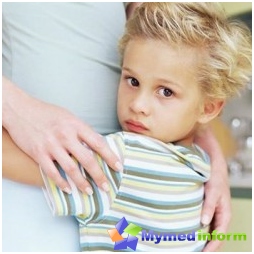
Talking about the affective respiratory syndrome, our site emphasizes - the roots of problems are very specific, and the reasons for this pathological state should be searched not in the baby, but in the situation in which it grows and develops. The main mission to combat an ARP assigned not to doctors, but on the parents of the victim.
In the course of scientific research, scientists found out that the parents have 25-27% of the children suffering from ARP, the same attacks were in the past. But this does not testify that the attacks are inherited. It is more appropriate in this case to talk about the traditions of education in the family, where two generations are parents and children - they suffered at one time the same problem. Doctors converge that the main factor causing the conflicts of children's hysteria in the form of an armp can be considered to be conflicts of parents, stressful situations for a child in the family, its excessive parental care.
Affective-respiratory attack is basically a neurotic disorder, therefore, parents should pay primary attention to the unobtrusive correction of the psychological world carriage.
When you, unfortunately, witnessed an arp from your child, immediately think about how you build relationships with your tea. Maybe you excessively walk it, trying to protect even from minor life unfortunate, or too balut, in anything he does not refuse? Moreover, it is necessary to turn to a psychologist if there is no mutual understanding between spouses.
A great importance for the development of a strong childhood psyche has the right day of the day based on a balanced physical and mental load. Carefully follow the baby during the day - so you can predict and prevent the development of an arp. For example, a hungry and tired child will be capricious more than the one that he fed and put to sleep in time. So in everything else: fees in kindergarten, campaigning or to the store - everything should be delivered to the baby the least discomfort.
Be sure to speak with a small little man about his feelings. In some cases, hysterics appear and continue to repeat with enviable regularity only because the child cannot cope with its feelings and stop in time. Help the caprisul understand that all his emotions - anger, disorder, insult - natural, and with them anyway you can cope. Be sure to teach the child to the art of a compromise, which will repeat it in the future.
With severe breathing delays, the doctor may prescribe a child a course of treatment with the use of neuroprotectors and sedatives (PanTogama, Glycin, Pantokalcin) duration of 1.5-2 months.
However, if the mother can not allow the child to the dangerous edge behind which whims begins and hysterics begin, without medication, you can easily do.




